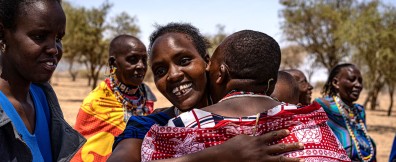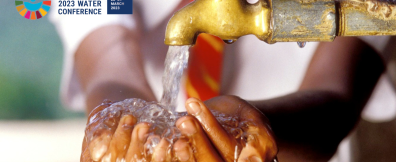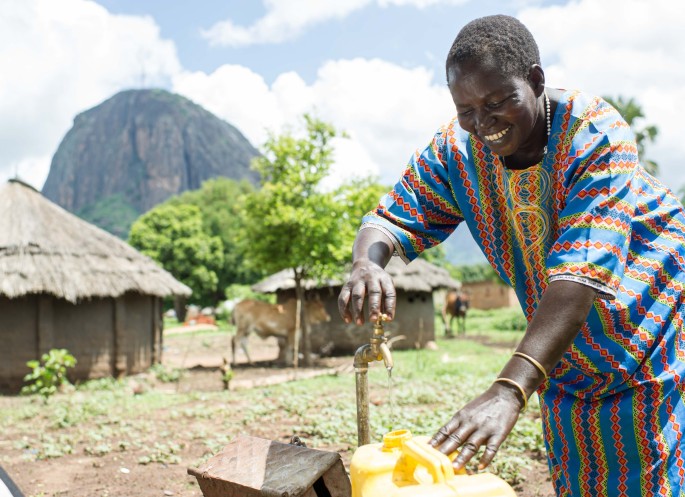Local climate solutions
A well that dries up due to years of drought. A water source that becomes polluted due to flooding. These are consequences of the climate crisis. Women and girls in regions of Africa and Asia that are vulnerable to climate change are forced to find solutions to this, and need the resources to do so.
That could be rainwater harvesting or restoring the water table by planting trees. Women know the local situation best and know what is needed. Therefore, more climate money should go to these women.
Facts
90% of all environmental disasters are water-related: more and more countries suffer from extreme weather events such as floods, cyclones and droughts
Some 3.3 to 3.6 billion people live in areas that are highly vulnerable to climate change. This is about 45 percent of the world's population
The water crisis is hitting the poorest in the world and those least able to adapt extra hard
What is Simavi doing about the water crisis?
- Simavi works with local partners to improve access, availability and sustainability of drinking water. Climate resilience plays a major role in this. Toilets and hygiene facilities are also included.
- We strengthen the position and role of women and girls in climate adaptation programmes. Women very often play a key role in the water supply. We improve access to climate information for women and girls to increase their knowledge and resilience.
- We are putting pressure on governments for better policies and more funding, aimed at the most vulnerable groups in the world. We do this by campaigning and holding governments accountable. And we enter discussions with administrators and policymakers.
Programmes
WASH SDG
The goal of the WASH SDG programme was to sustainably improve access to, and use of, safe drinking water for at least 450,000 people, sanitation for at least 2 million people and improve the hygiene behaviours of 1.6 million people.
Water Justice Fund - grassroot grants to the water crisis
Millions of women and girls are hit hard by the water and sanitation problems caused by climate change. The Water Justice Fund supports local women groups in Kenya, Nepal, Bangladesh and Indonesia to realise locally-led and women-owned solutions to water and climate challenges.
Sarwacha
Simavi and Dopper are working with local partners, ENPHO and Biruwa, to ensure a sustainable water supply for Changunarayan. Families in the fast-growing municipality Changunarayan in Nepal lack safe drinking water.
WASH Learn & Share
More than half of all schools in Uganda lack adequate toilet and water facilities. For girls in particular, this means they regularly miss school. With the WASH, Learn & Share project, we are working to improve health, education and well-being for all.




